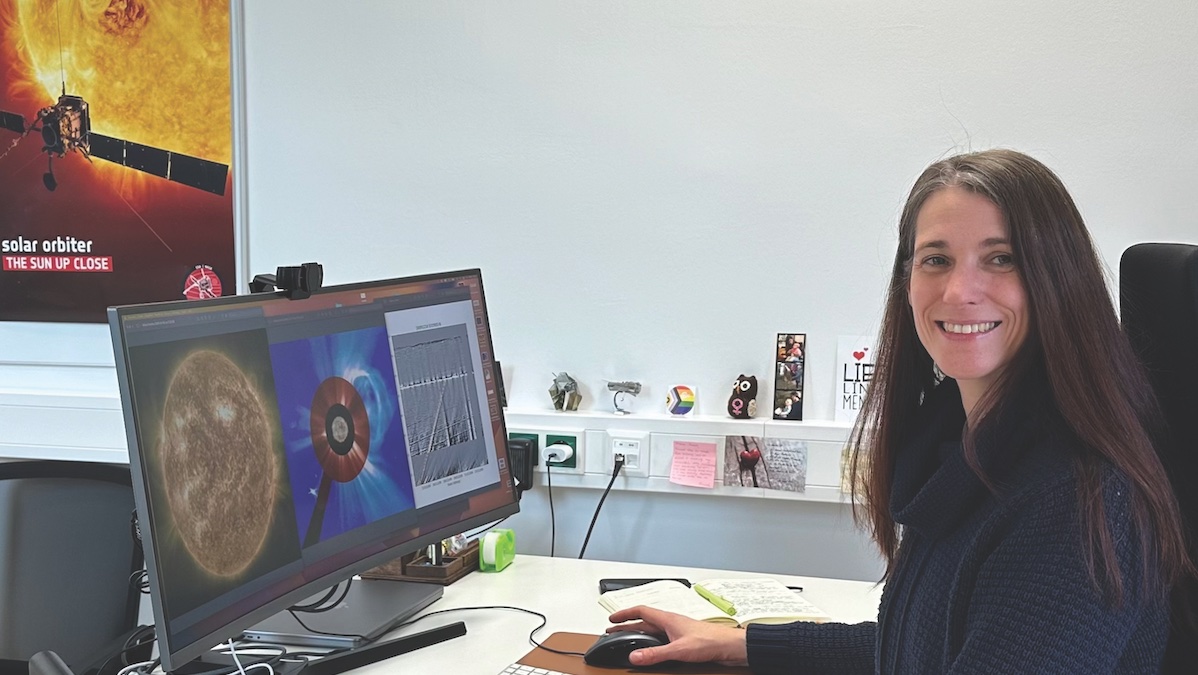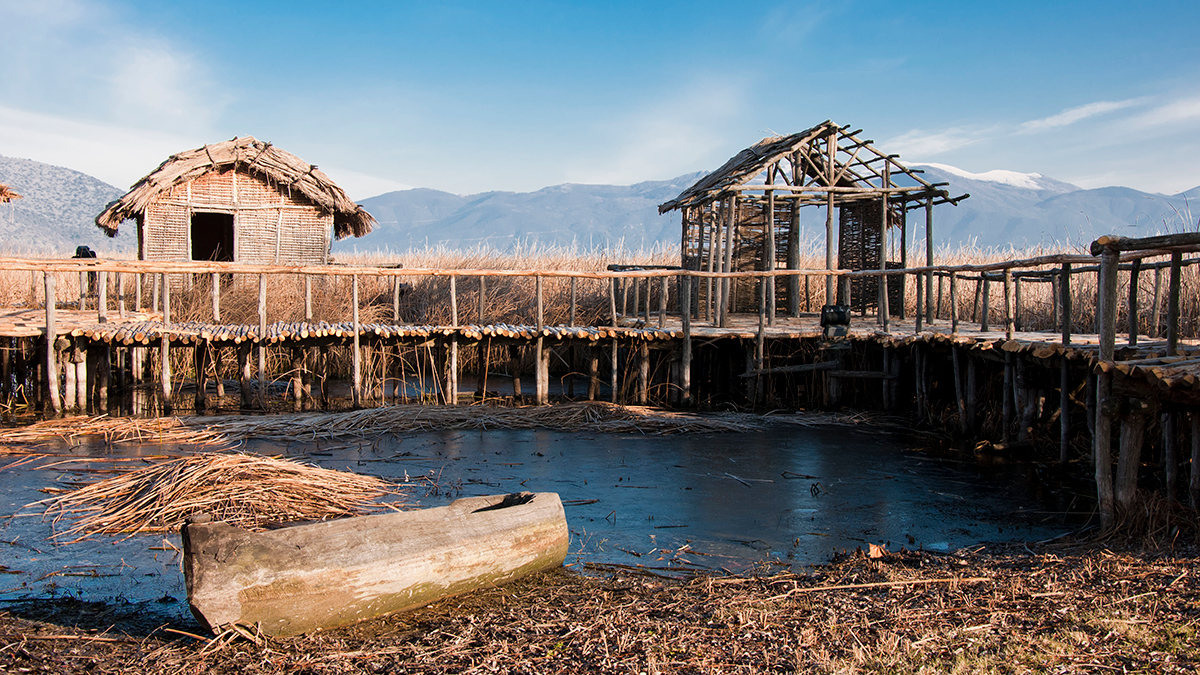The deputy head of the Austrian Space Weather Office built a supportive network.
solar activity
Cosmic Rays Shed Light on Stone Age Timelines
Signatures of a long-ago solar storm, recorded in tree rings, helped researchers date a 7,400-year-old settlement in northern Greece.
Radioamadores Foram Usados Para Obter Informações sobre a Ciência Ionosférica Durante o Eclipse
Operadores de rádio amadores que estudam a física espacial e a atmosfera superior investigaram a resposta da ionosfera ao eclipse solar anular de 2023 usando transmissões de ondas curtas.
Mapping the Moon to Shield Astronauts from Radiation
Scientists are charting landing spots that offer future lunar astronauts protection from the Sun and deep space.
Solar Storms May Scramble Signals for Migratory Birds
Birds use Earth’s magnetic field to migrate, but severe space weather may interfere with navigation and reduce the number of birds in the sky.
Ham Radios Crowdsourced Ionospheric Science During Eclipse
Amateur radio operators who study space physics and the upper atmosphere probed the ionosphere’s response to the 2023 annular solar eclipse using shortwave transmissions.
Aurora Records Reveal Shortened Solar Cycle During Maunder Minimum
Fastidious night sky observations from Korean historical texts provide a novel source of evidence for an altered solar cycle during periods of low magnetic activity.
Magnetic Tangles Drive Solar Wind
Energetic collisions between magnetic fields produce gusty solar wind.
Sensing the Color of Soil for Climate Modeling
The color of soil reflecting the Sun’s rays affects the Earth’s climate and water cycle. Using satellite data that senses many wavelengths improves soil reflectivity estimates, especially in deserts.
Reducing Aerosol Climate-Forcing Uncertainty: A Three-Way Street
To reduce persistent aerosol-climate-forcing uncertainty, new in situ aerosol and cloud measurement programs are needed, plus much better integration of satellite and suborbital measurements with models.










